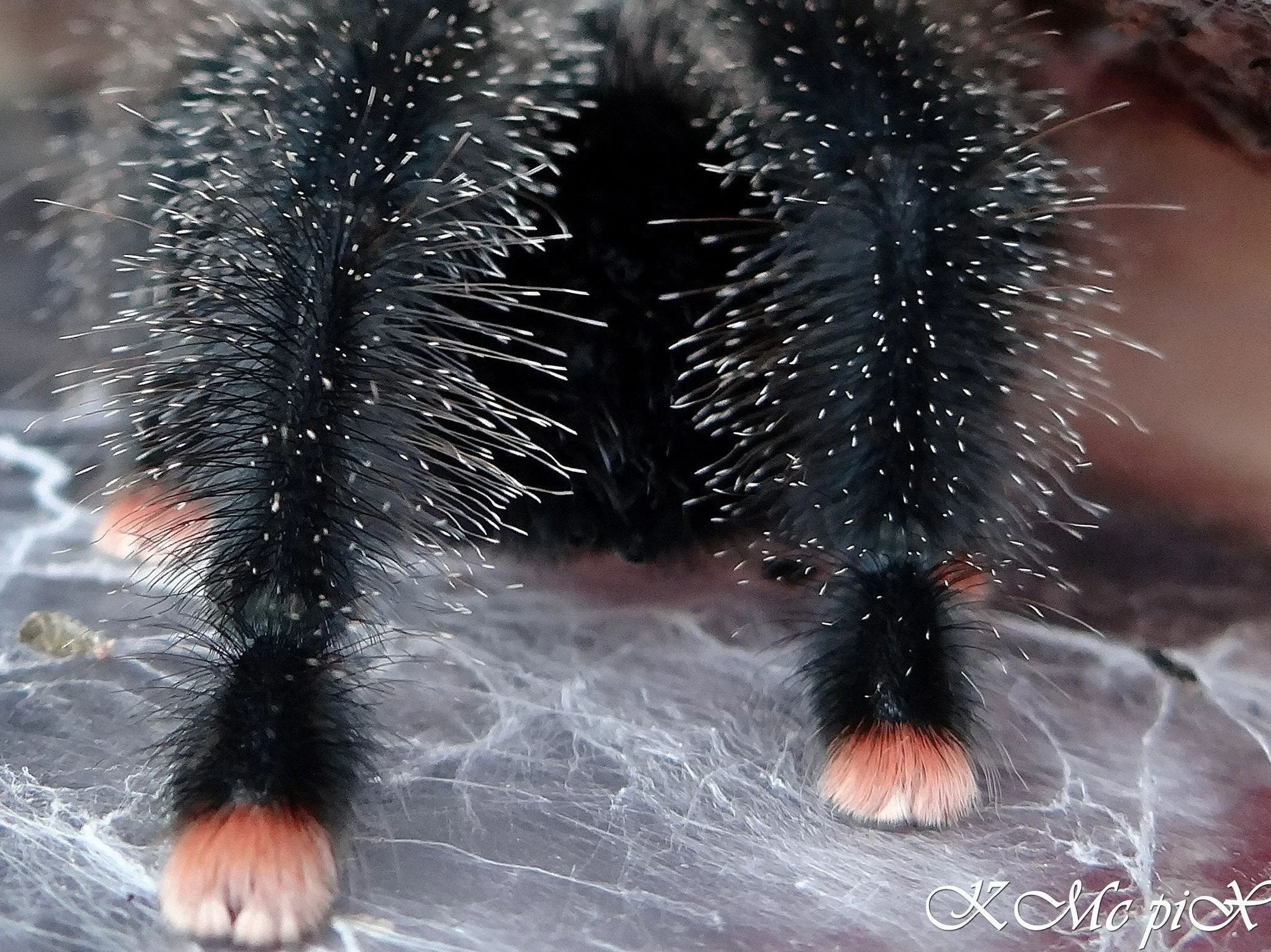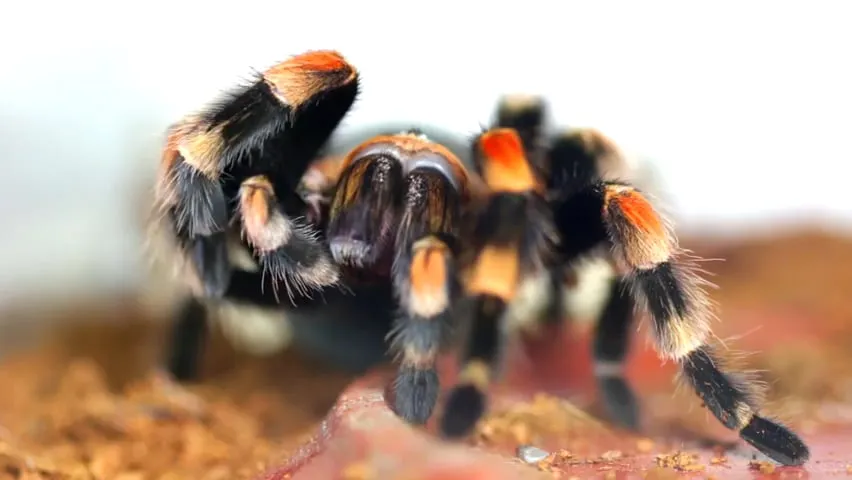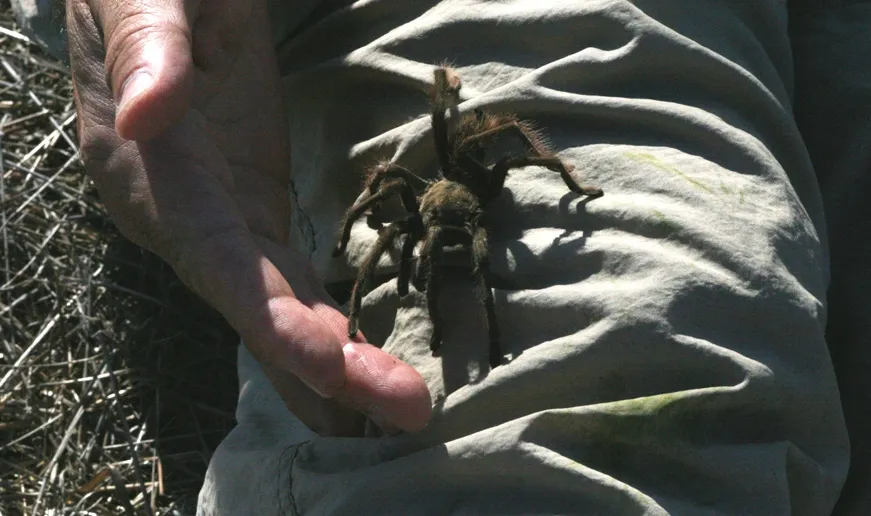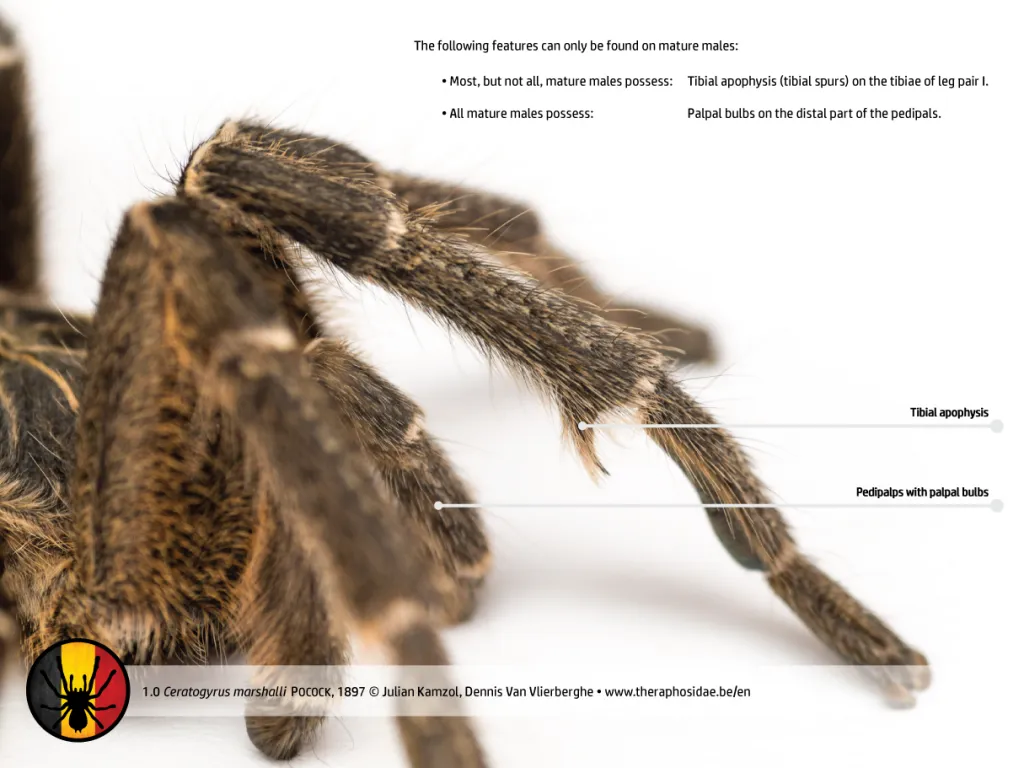What are Tarantula Legs
Tarantulas, fascinating arachnids belonging to the Theraphosidae family, are renowned for their impressive size and, of course, their eight legs. These legs are not merely appendages for movement; they are intricate structures vital for the tarantula’s survival. They serve multiple functions, from walking and climbing to sensing the environment and even assisting in capturing prey. The study of tarantula legs offers a glimpse into the remarkable adaptations that have allowed these creatures to thrive in diverse habitats across the globe. Their legs, covered in fine hairs and equipped with specialized claws, enable them to navigate various terrains with ease, making them highly efficient predators. Understanding the structure and function of tarantula legs is key to appreciating the complexity of these creatures.
The Anatomy of a Tarantula Leg
A tarantula’s leg is a marvel of biological engineering, consisting of several segments that work in concert to facilitate movement and sensory input. These segments, from the base to the tip, include the coxa, trochanter, femur, patella, tibia, metatarsus, and tarsus. Each segment plays a unique role in the overall function of the leg. The coxa connects the leg to the body, providing a pivot point for movement. The trochanter acts as a small joint, enabling flexibility. The femur, the largest segment, provides the primary strength and power. The patella, or kneecap, allows for bending. The tibia is a long, strong segment that contributes significantly to the leg’s length. The metatarsus and tarsus, the final segments, contain claws and sensory hairs crucial for gripping surfaces and detecting vibrations.
Key Parts of a Tarantula Leg

Each part of the tarantula leg contributes to its overall function. The claws at the end of the tarsi are essential for gripping, allowing tarantulas to climb and maintain their grip on various surfaces. Sensory hairs, known as setae, cover the legs and are highly sensitive to vibrations and air currents, providing the tarantula with information about its surroundings, including the presence of prey or potential threats. The coxa and trochanter joints offer flexibility, allowing for a wide range of motion. The strong femur and tibia provide the necessary strength to support the tarantula’s body weight and power its movements. The patella allows the leg to bend, aiding in activities such as climbing. These components are what make the tarantula leg a remarkable structure.
The Number of Tarantula Legs
As arachnids, tarantulas possess eight legs, a characteristic that distinguishes them from insects, which have six legs. These eight legs are arranged in pairs, with four legs on each side of the body. The arrangement and functionality of these legs are crucial to the tarantula’s survival, providing the means for movement, sensing the environment, and manipulating prey. Unlike some other arachnids, tarantulas do not use their legs for the production of silk, instead, they use spinnerets located at the end of their abdomen for that purpose. The consistent number of eight legs across tarantula species showcases an important feature in the arachnid’s classification.
The Standard Number of Legs
The number eight is standard for all tarantulas. It’s a defining feature of their classification as arachnids, which separates them from insects. The eight legs are not just for walking, but also assist with climbing, digging, and feeling the environment. This set of legs, working together, enables tarantulas to thrive in diverse environments, from the rainforest to the desert. The consistency in leg count across different species highlights a fundamental trait of the tarantula’s biology and its successful adaptation to various ecological niches. Without this arrangement, tarantulas would struggle to navigate and survive.
Differences Between Species

While all tarantulas have eight legs, there can be subtle differences in leg structure and function based on the species and their habitat. For example, tarantulas that are adapted to climbing may have more pronounced claws and a slightly different arrangement of sensory hairs on their legs. Those that burrow may have thicker legs for digging and constructing burrows. Differences in leg length and the presence of specific adaptations, such as scopulae (dense pads of hair on the feet that aid in gripping), also vary. Such variations are a testament to the adaptability of tarantulas and their ability to evolve traits suited to their particular environments.
How Tarantulas Use Their Legs
Tarantula legs are incredibly versatile tools, serving various functions that are critical to their survival. They are primarily used for locomotion, allowing tarantulas to walk, run, and climb. The legs are also instrumental in capturing and manipulating prey. The claws at the end of the legs help the tarantula grip and hold onto its meal, while the strong legs help to immobilize the prey. Beyond these functions, tarantula legs also play a significant role in sensing the environment. The sensory hairs on their legs can detect vibrations, air currents, and even subtle changes in the terrain, giving the tarantula essential information about its surroundings.
Locomotion and Movement
Tarantulas employ different gaits for movement, from slow, deliberate walking to rapid sprinting. The claws and scopulae on their legs provide excellent traction on various surfaces, making climbing and navigating uneven terrain relatively easy. Tarantulas can also use their legs to dig burrows, an essential behavior for many species to create shelter and ambush prey. They use their legs as levers to push against the soil and create tunnels. They can also use their legs to effectively swim in water, though they are not aquatic animals and primarily live on land. Their legs, therefore, are not simply limbs for movement, but multi-functional tools that are crucial for their daily survival.
Sensory Functions

Tarantula legs are covered in sensory hairs called setae, which play a crucial role in helping them perceive their environment. These setae are incredibly sensitive and can detect vibrations in the ground, air currents, and even minute changes in the terrain. This sensory capability is essential for detecting prey, avoiding predators, and navigating in their surroundings. The legs effectively act as antennae, providing the tarantula with a wealth of information about its environment, allowing them to respond quickly to potential threats or opportunities. This heightened sensory input is a key adaptation that contributes to their success as predators and their ability to thrive in a range of environments.
Leg Regeneration in Tarantulas
One of the most remarkable features of tarantulas is their ability to regenerate lost limbs. If a tarantula loses a leg due to injury, predation, or during a molt, it can regrow the limb over several molting cycles. The process of regeneration is complex and fascinating, involving the formation of a new leg bud and the subsequent development and growth of the limb. While the regenerated leg may not always be identical to the original, it will function effectively, allowing the tarantula to maintain its mobility and hunting capabilities. This regenerative ability is a significant adaptation that increases the tarantula’s survival chances in the wild.
The Process of Regeneration
When a tarantula loses a leg, the wound is sealed off, and the healing process begins. At the next molt, a small leg bud starts to form where the leg was lost. As the tarantula molts repeatedly, this bud grows, gradually forming a complete leg. This regenerated leg may be smaller than the original leg, and the pigmentation might differ. However, it eventually develops into a fully functional limb. This process underscores the incredible regenerative capabilities of tarantulas. The time required for the regeneration varies depending on the tarantula’s age, species, and the conditions of its environment. But the end result is always a new leg.
Factors Affecting Regeneration

The rate and success of leg regeneration in tarantulas can be affected by several factors. The tarantula’s age is one critical factor, with younger tarantulas generally having a greater ability to regenerate limbs compared to older ones. The overall health of the tarantula also plays a role. Healthy tarantulas that receive proper nutrition and are free from diseases are more likely to regenerate limbs successfully. Environmental conditions, such as temperature and humidity, can also influence the process. Optimal conditions promote faster healing and regeneration. The degree of damage to the leg also matters; extensive damage may take more molts to regenerate fully compared to a minor injury.
Interesting Facts About Tarantula Legs
Tarantula legs possess several fascinating adaptations and behaviors. For instance, some species have modified leg structures that aid in specific behaviors such as digging or mating. The scopulae on their feet, composed of dense hairs, enable them to climb smooth surfaces. Their legs are covered in sensory hairs that detect vibrations and air currents, helping them hunt prey and avoid danger. These sensory hairs provide them with a wealth of information about their surroundings, making them highly effective predators. These features highlight the evolutionary success of these creatures. Beyond these functions, the legs play a crucial role in grooming, as the tarantula uses them to clean its fangs and body.
Unique Adaptations
Certain tarantula species showcase unique leg adaptations tailored to their environment and lifestyle. For example, some arboreal species have evolved claws and scopulae on their feet to climb smooth surfaces effectively. Burrowing tarantulas might have sturdier legs that are adapted for digging and building burrows. Male tarantulas often have modified legs, such as tibial hooks, which they use during mating to secure themselves to the female. These adaptations are a testament to the diversity and versatility of tarantula species and their ability to thrive in a wide range of habitats. The specific adaptations are what helps each tarantula species thrive.
Legs and Molting

Molting is a crucial process for tarantulas, during which they shed their exoskeleton to allow for growth. The legs also undergo significant changes during molting. Before molting, the tarantula will typically stop eating and become less active. As the molt approaches, the old exoskeleton splits, and the tarantula emerges with a new, larger exoskeleton. The legs are completely renewed during this process, including the sensory hairs and claws. The new legs are initially soft and vulnerable, requiring several days to harden. Molting is also the time when a tarantula can regenerate lost legs.
Conclusion
Tarantula legs are remarkable structures that play a vital role in the tarantula’s life, from movement and prey capture to sensory input and regeneration. The eight legs of tarantulas, each consisting of several segments, work together to facilitate various activities essential for survival. The sensory hairs, claws, and specialized adaptations found on tarantula legs highlight the evolutionary success of these arachnids. Their ability to regenerate lost limbs is a testament to their resilience. By understanding the anatomy, function, and adaptations of tarantula legs, we gain a deeper appreciation for these fascinating creatures and their place in the ecosystem.
